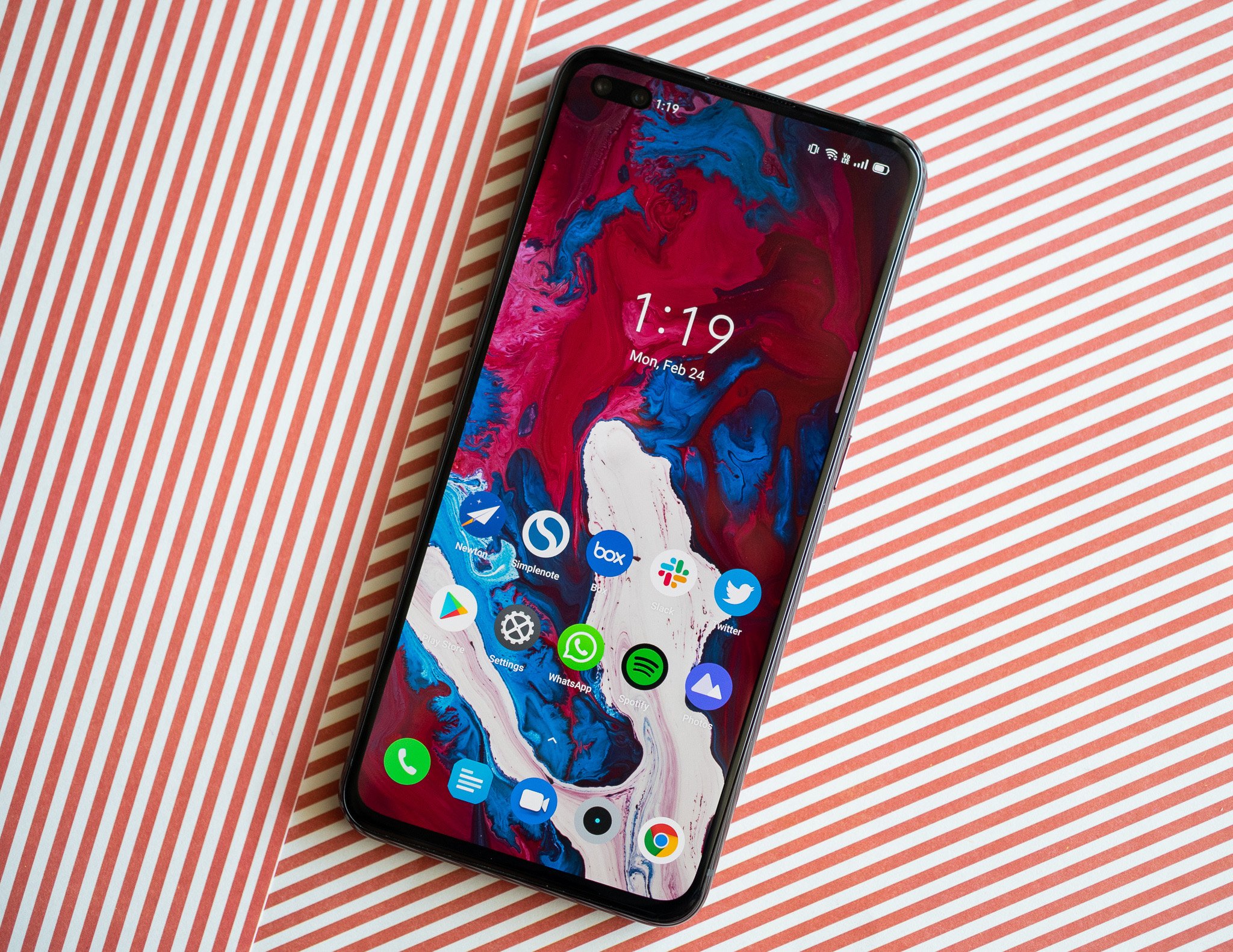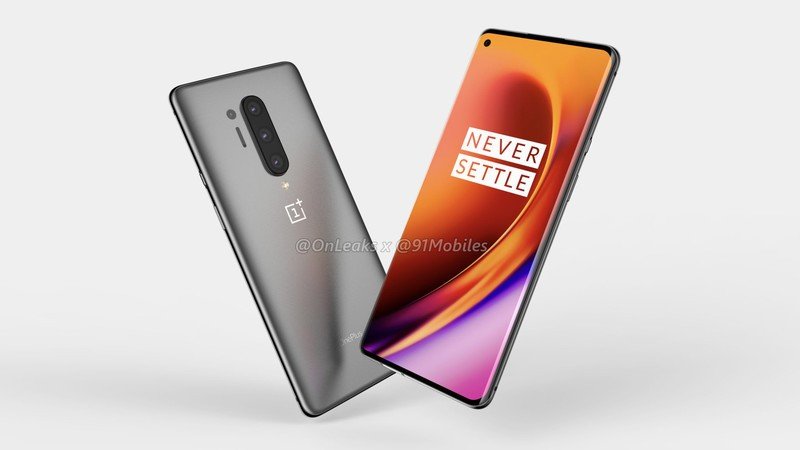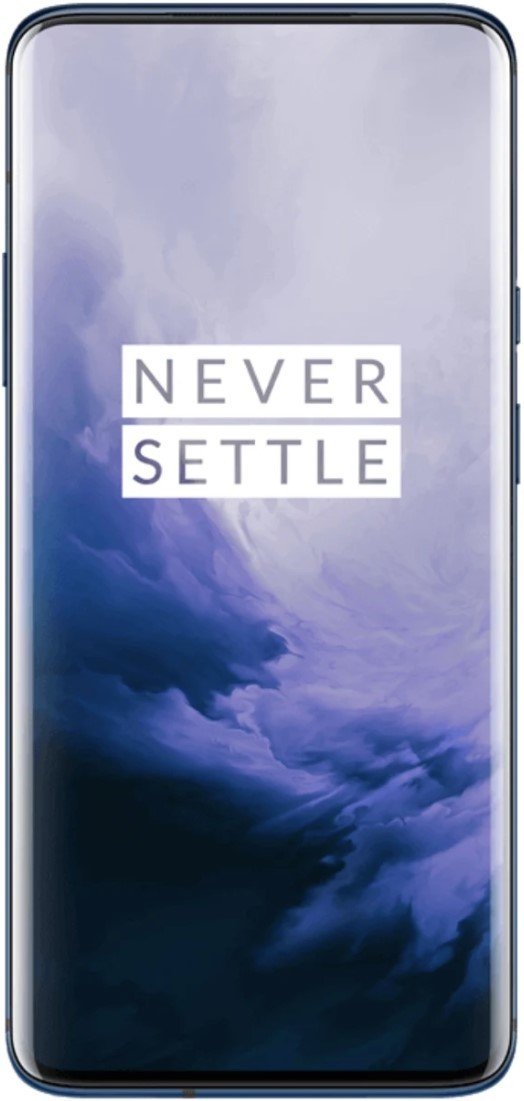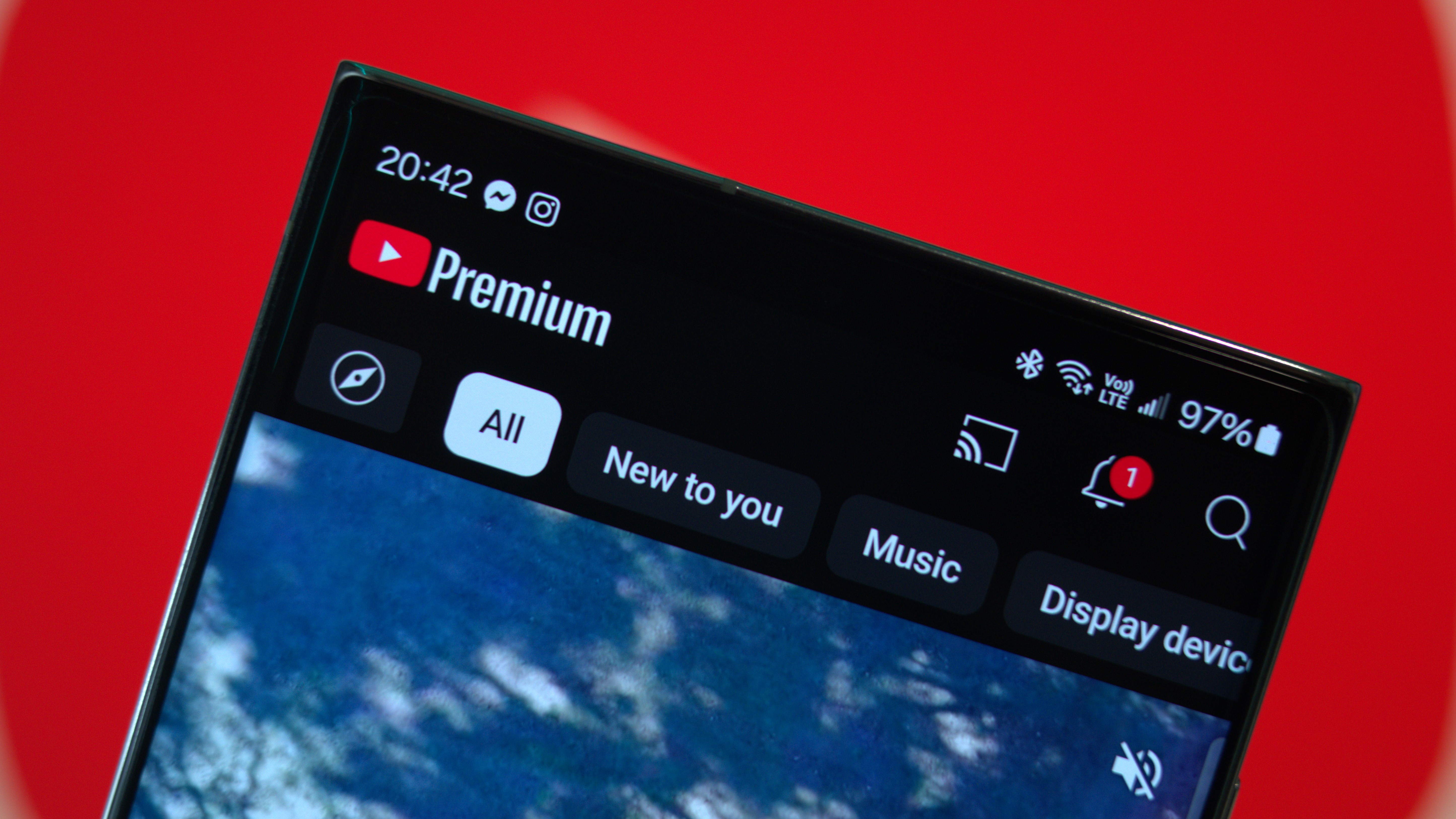Mandatory 5G is leading to bulkier and uglier phones in 2020

The last two years witnessed a drastic change in smartphone design as device makers waged a war on bezels. We were treated to designs with razor-thin bezels, phones with all-screen displays and retractable front cameras, and we even got mechanical sliders. To put it mildly, it has never been more fun to write about phones.
But that's changing this year as device makers struggle to maintain a balance between design aesthetic and delivering the latest features. Qualcomm's decision to go all-in on 5G connectivity this year is playing a huge role in the design of phones.
All 2020 flagships powered by Qualcomm have a 5G modem, so even if you don't care about 5G, you will end up paying a premium.
The chip vendor's Snapdragon 865 does not come with a cellular modem at all, and it needs an external X55 5G modem for both 5G and 4G connectivity. You won't be able to use the Snapdragon 865 chipset at all without that X55 modem, and Qualcomm mandates that device makers buy the chipset and the 5G modem as a bundle. This works out particularly well for Qualcomm, because it is now getting more revenue from every sale.
As a result, every flagship that has Qualcomm's latest chipset comes with an external 5G modem that takes up precious room on the device. The 5G modem also leads to an added strain on the battery, and device makers had to put larger batteries to accommodate the change. Then there's the fact that mmWave 5G connectivity — which leverages frequencies ranging from 24GHz to 100GHz — needs antenna modules around the sides of the phones, and incorporating them has led to bulkier phones in 2020.
Because device makers have to accommodate an additional modem and extra 5G antennae, they're reverting to a more basic design language. The Realme X50 Pro 5G gives us a good look at what's to come later this year. Earlier Realme designs featured all-screen fronts thanks to retractable modules, but Realme said it switched to a pin-hole cutout this year because of the extra 5G antennae around the sides of the X50.

That will be a common theme in 2020 as more companies roll out their flagships. The latest OnePlus 8 leaks reveal a design that has a pin-hole camera cutout at the front. OnePlus CEO Pete Lau has confirmed that its 2020 phones will feature 5G connectivity, and given the company's focus on performance, it is very likely they'll use Qualcomm's latest silicon. And just like Realme — a sister BBK company — it looks like OnePlus is switching to a design with a camera cutout to make way for 5G accouterments.
Samsung's 2020 portfolio is also considerably larger and heavier, with the S20 Ultra in particular coming in at 222g. The regular Galaxy S20 is the only phone in the series that's usable one-handed, and it does not have any mmWave antenna.
Get the latest news from Android Central, your trusted companion in the world of Android
Regardless of your position on 5G, if you want to buy a phone in 2020 that has the latest silicon, you will have to pay a hefty premium. If that weren't annoying enough, you're likely to end up with a phone that's larger, bulkier, and in the case of OnePlus, a design aesthetic that's a step backwards. Now is the time to pick up last year's flagships while they're still available.

Powerful hardware, all-screen design
The OnePlus 7 Pro combines an exquisite all-screen display with excellent hardware that's more than good enough for 2020. The Snapdragon 855+ chipset still has a lot to offer, the 90Hz display is silky smooth, and you're just getting a lot of value for what you're paying here.

Harish Jonnalagadda is Android Central's Senior Editor overseeing mobile coverage. In his current role, he leads the site's coverage of Chinese phone brands, networking products, and AV gear. He has been testing phones for over a decade, and has extensive experience in mobile hardware and the global semiconductor industry. Contact him on Twitter at @chunkynerd.
